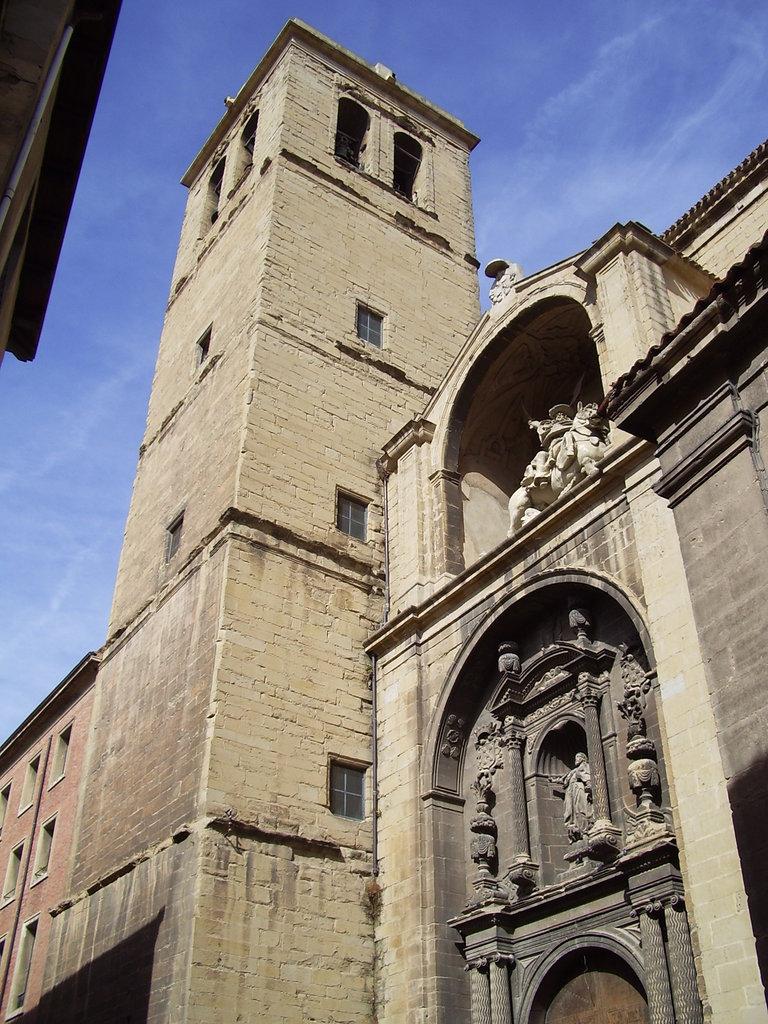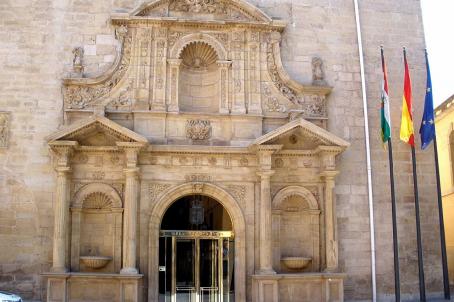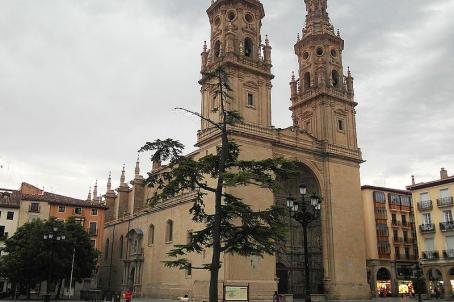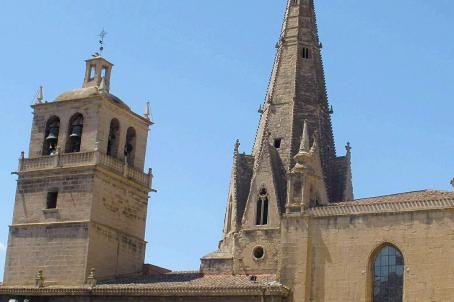Iglesia de Santiago el Real
The church of Santiago el Real was built between 1570 and 1573 on an old medieval church that was almost completely destroyed by fire. The Renaissance façade was commissioned to Juan Raón and built between 1669 and 1672. In 1667, Juan Raón was also commissioned to replace the upper choir with a lower choir with a gallery, work began and the western walls were knocked down, but they were not continued. The sacristy and chapter house also date from the 18th century.






